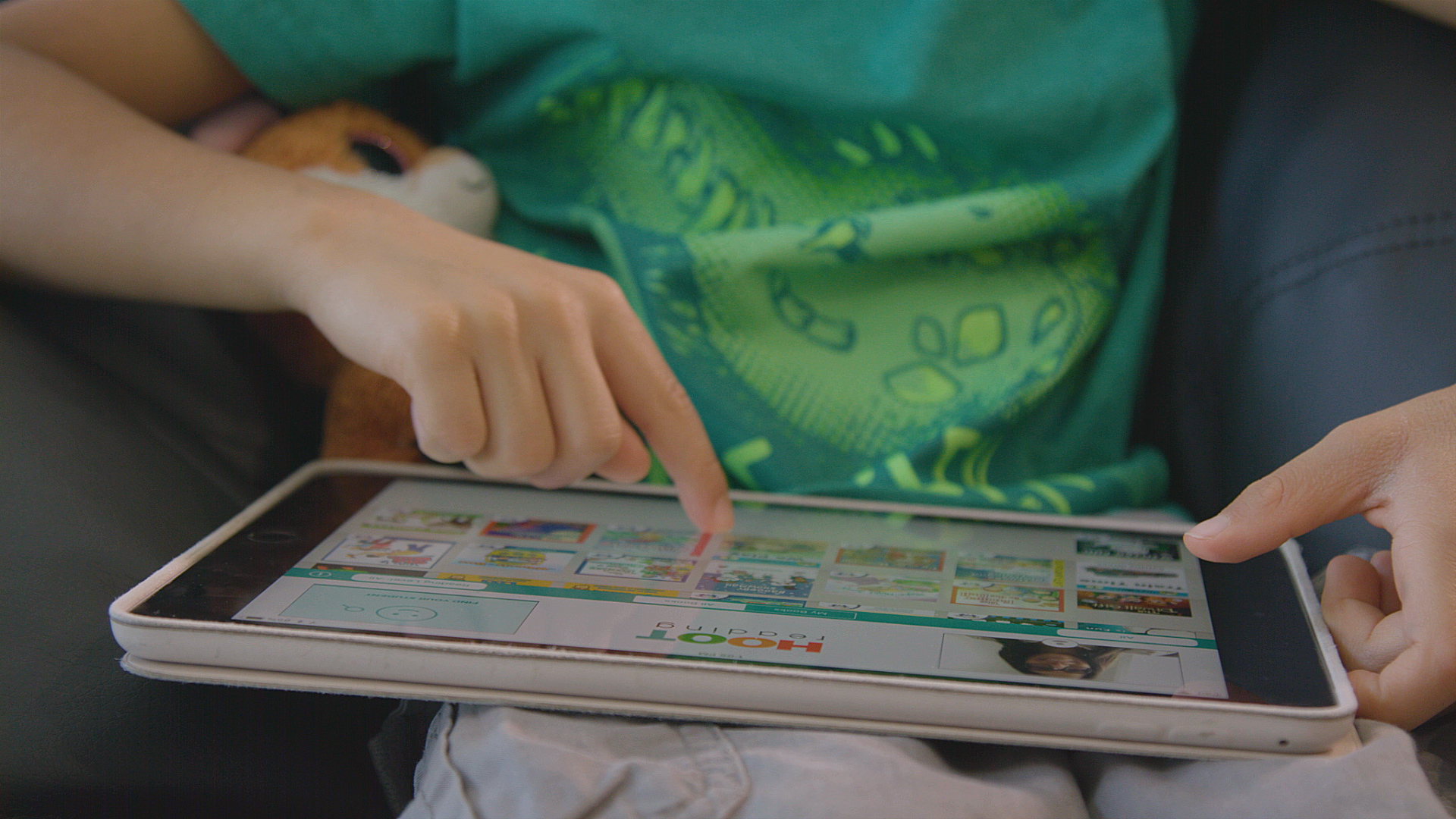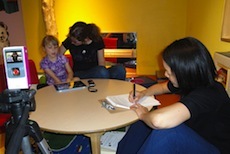 This piece originally appeared in the Huffington Post on May 29, 2012.
This piece originally appeared in the Huffington Post on May 29, 2012.
When it comes to learning to read well, the U.S. is locked in a stubborn cycle of conflict. Recall the infamous “reading wars” of the 1980’s and 90’s between advocates of phonics and those of the whole language methodology. The U.S. commissioned a National Reading Panel (NRP) which set forth key guidelines to help settle policy, distribute funding, and inform practice. However, there remains disagreement that a laser focus on basic reading skills encouraged by the NRP and NCLB has backfired. Those concerned argue that high stakes assessments and “drill and kill” direct instruction are diminishing the complex vocabulary, knowledge and “reading to learn” activities that every ten year-old must now master to be on a pathway to academic success in our information age.
The public discourse about early reading remains heated because the stakes could not be higher. California uses third grade reading scores to predict prison bed population growth. Analysis of the most recent NAEP shows that black and Hispanic students have made important strides in improving reading performance, but a breach still separates them from their white peers. Special analyses by the U.S. Department of Education show that black and Hispanic students trail their white peers by an average of more than 20 test-score points on the NAEP reading assessments at 4th and 8th grades,a difference of about two grade levels.
Entering the reading storm is a new disruption: the transition from print to digital books. What impact—if any—will emerging patterns of reading on phones, tablets and e-readers have on young children’s literacy habits? App developers and tech gurus promise a new frontier of digital reading—one need only visit YouTube to observe toddlers swiping print books to unlock their digital potential! But a “preserve print for children” movement appears to be growing, including experts who cite evidence that real books offer both an emotional and intergenerational reading pull.
The research base analyzing the quality and quantity of early literacy activities, mediated by digital device usage for children ages 2–8, is weak. To begin to assess the potential and challenges that e-book reading poses for young children, the Joan Ganz Cooney Center has mounted a series of “quick studies” to dive into the dynamics of parent-child reading with and without the aid of technology.
“Print Books vs. E-books” outlines the results of the Center’s first exploration in this area. The Center worked with partners at the New York Hall of Science to tackle questions we have about the growing popularity of e-books. We asked:
- How do adults and children read e-books compared to print books?
- How might the nature of parent-child conversations differ across platforms?
- Which design features of e-books appear to support parent-child interaction? Do any features detract from these interactions?
We observed families reading both basic e-books, which are essentially print books put into a digital format with minimal features like highlighting text and audio narration, and enhanced e-books, which feature more interactive multimedia options like games, videos and interactive animations. We recruited 32 pairs of parents and their 3–6-year-old children. Each pair read a print book and either an enhanced or basic e-book while researchers videotaped their interactions and took notes. Researchers interviewed parents about their reading practices at home and elsewhere.
Our key findings include the observation that both the print and basic e-book elicited similar levels of content-related actions (e.g., labeling, pointing, and verbal elaboration of story features) from the children and parents, but that parent-child pairs engaged less with the content of the story when reading the enhanced e-book than when reading the print book. In addition, children who read enhanced ebooks recalled fewer narrative details than children who read the print version of the same story. And interestingly, our findings on overall engagement (a composite measure of parent-child interaction, child-book interaction, parent-book interaction, and signs of enjoyment) found that only 6% of the pairs were more engaged with the e-book than the print book. However, developers of ebooks will welcome the finding that children did show signs of additional physical involvement with the enhanced e-book when compared to reading either the print or basic e-book.
Future research on the transition from print to digital reading is ripe with possibilities. At the Cooney Center we are especially interested in ways that digital media can be deployed to encourage vulnerable children to spend more time in purposeful literacy activities. We are probing the importance of differences in parental age and parenting styles, and the ways in which digital media may be used for ELL families.
These initial studies are small scale and should be viewed with caution: the research and developer community’s need to work with a larger, more diverse sample and a wider variety of books to draw further conclusions. We must also spend more time understanding changing demand from parents as they are the ones who will ultimately define new practices. To help understand evolving perspectives in this regard, the Cooney Center will be publishing findings from its survey research on modern day parent-child co-reading practices, based on results from a group of some 1200 parents later this summer.
Solving America’s reading challenges are fundamental to our future as a productive nation: let’s use technology as a boon to finding solutions that will last for all children.




